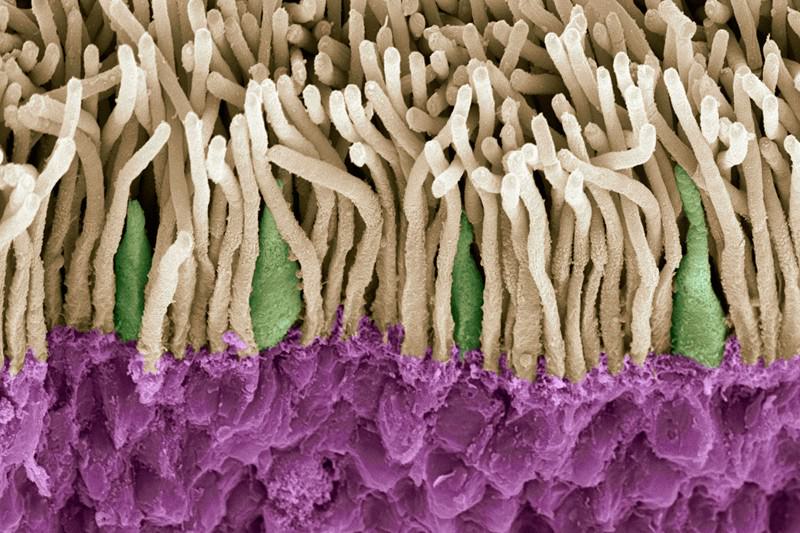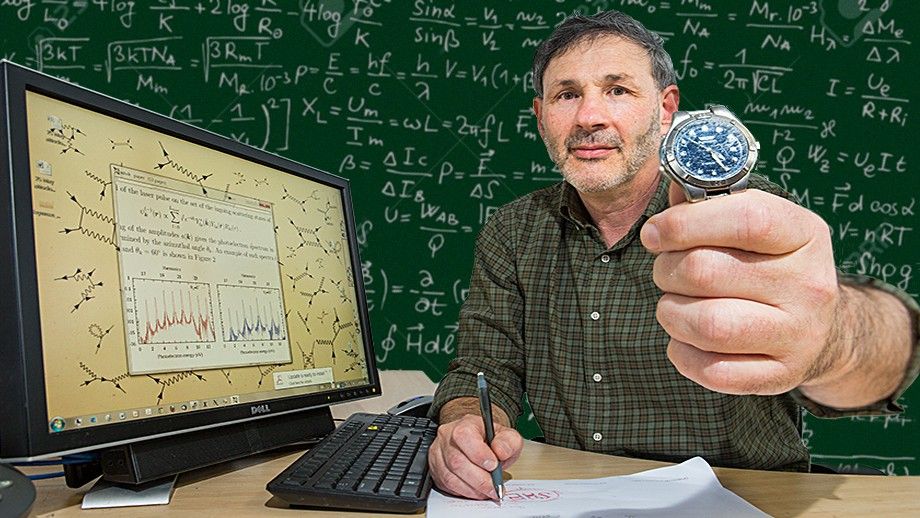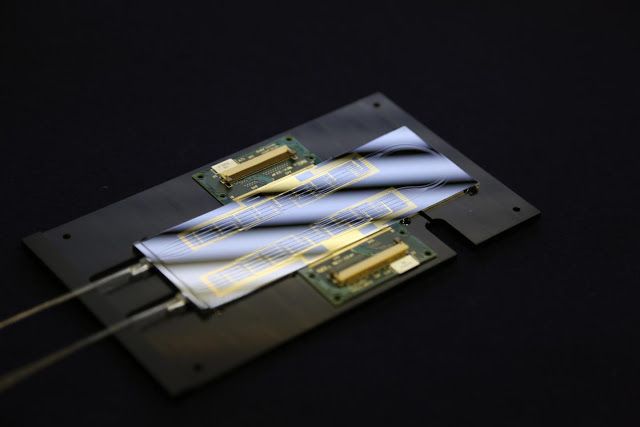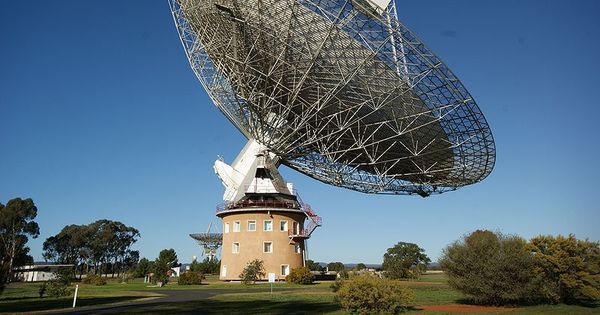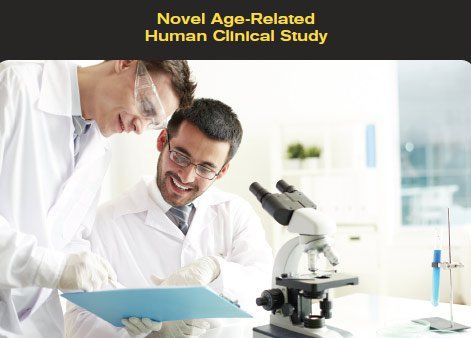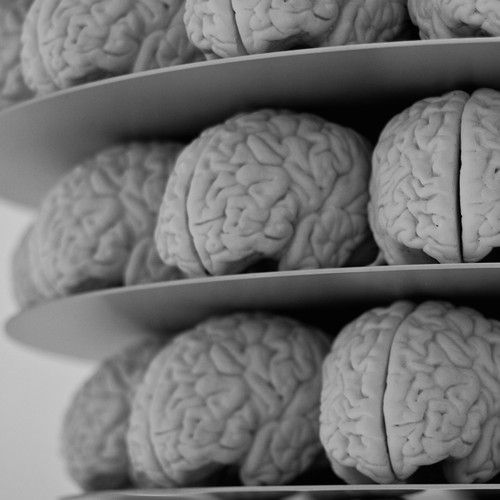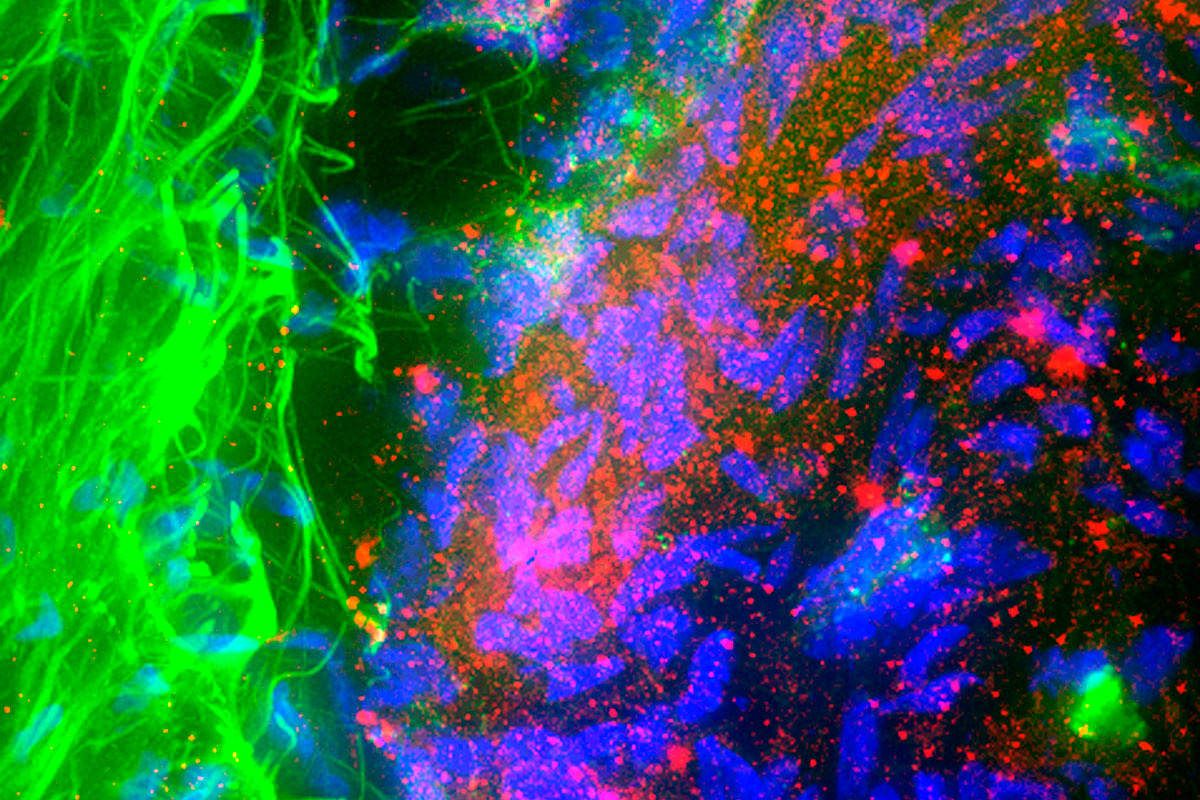Checkout the latest Longevity Reporter Newsletter (15th August, 2015), covering this week’s top news in health, aging, longevity
This week: ‘Danielle’ — An Eye Opening Simulation Of The Aging Process; How Does Chronic Inflammation Lead To Cancer?; Low Inflammation and Telomere Maintenance Predict Healthy Longevity; 3-D Printing: Could Downloadable Medicine Be The Future?; And more.

